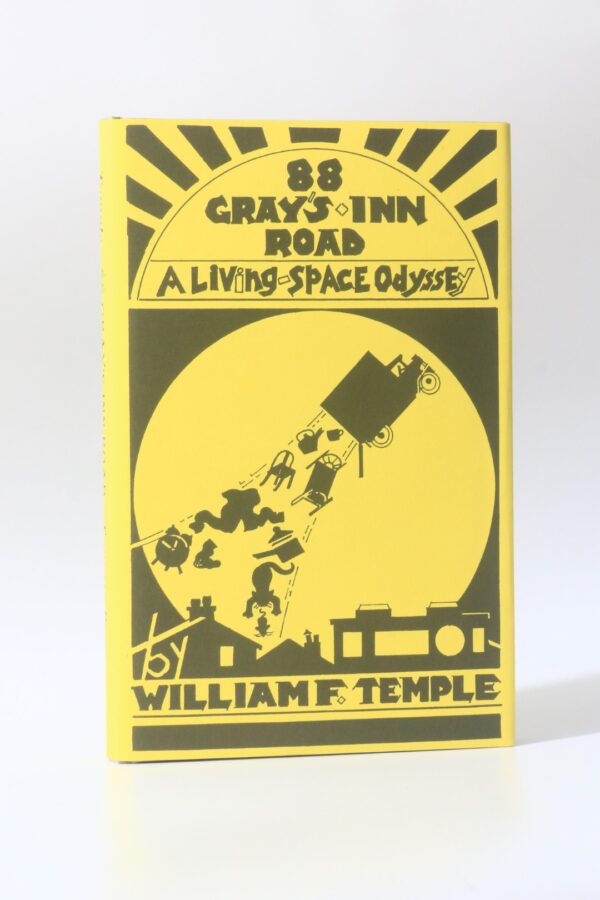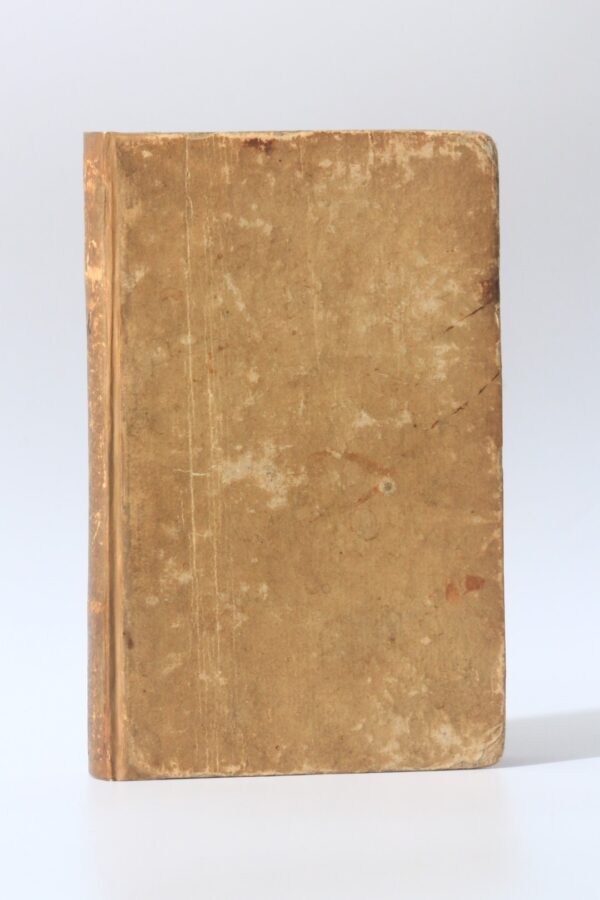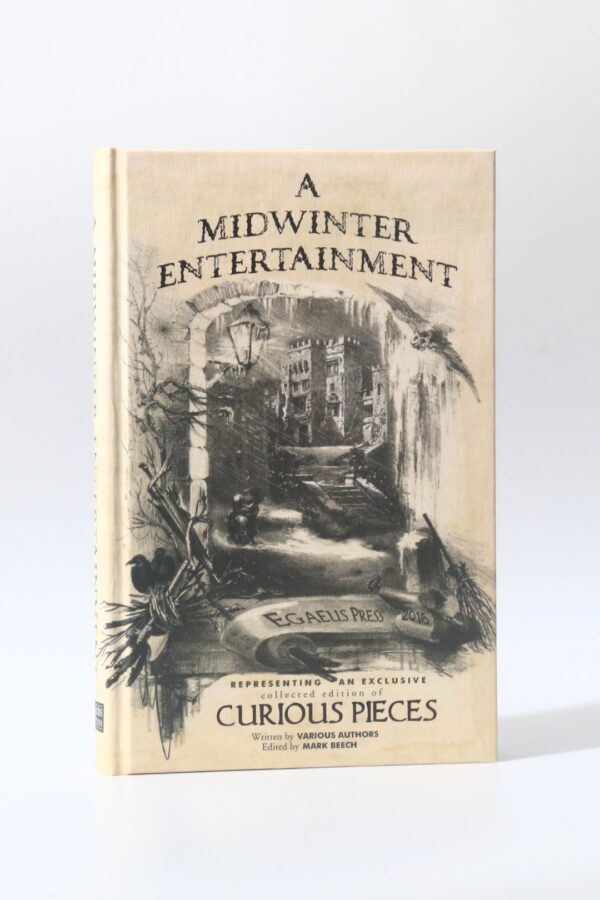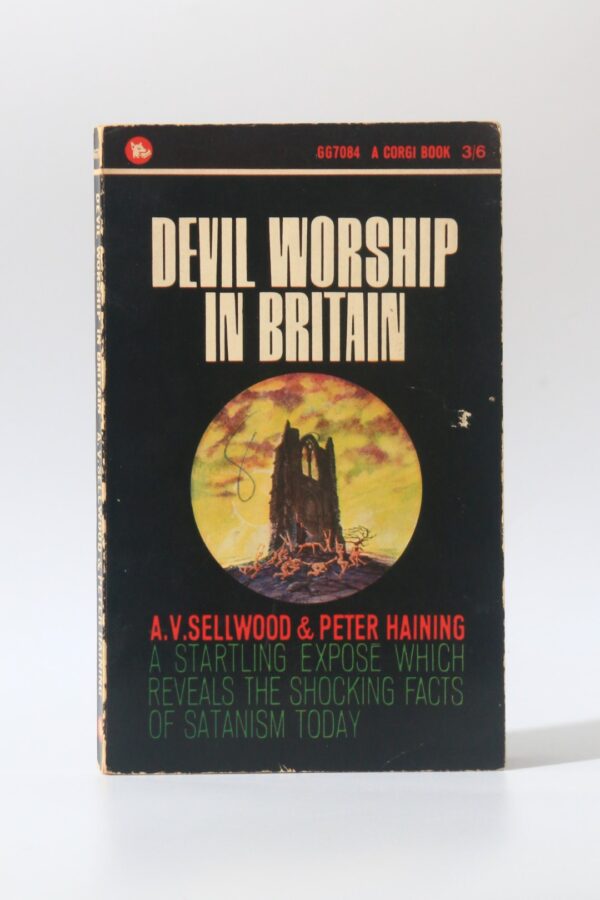
Edward Carrick [Edward Craig] & Gerry Bradley
London, The Studio Publications, nd [1942]. First edition, first impression. Hardback. Very good condition. Comprising: [1] Signed first edition of the book, with some light edgewear. [2] 3pp typescript for part of the book, some wear and a little loss [3] Suite of 10 photos, some used in the book [4] 84pp storyboard for the book, autograph [5] 9pp Autograph ms for the text portions of the book [6] 9 letters, mostly replies thanking Craig for sending the book. Craig (1905-1998), better known as Carrick, was the son of Edward Gordon Craig. He was designer for film as well as an author and illustrator. [11500, Hyraxia Books]. nd [1942]

Ludwig Holberg
Copenhagen & Leipzig, Jacob Preuss, 1741. First edition, first impression. Hardback. A very good copy. An early classic of underworld science fiction by the father of modern Danish-Norwegian literature. This novel was a major inspiration for Verne, and the first work of fiction to use Halley's theory that planets comprise concentric spheres surrounding a small central sun. Set in the year 1665, the story is told by Niels Klim, who comes back to his native town Bergen after receiving his degree from the University of Copenhagen. While climbing a mountain with a group of friends, he falls into a pit to emerge - after fifteen minutes - in the hollow interior of the Earth. This space is a small cosmos with planets orbiting around a miniature sun. After floating for a while, he eventually lands on a planet named Nazar, in the kingdom of Potu (which echoes "utopia" spelled backwards), and discovers a species of intelligent anthropomorphic tree-men. Holberg's work "blends satire with a fantastic voyage and breathes the spirit of the eighteenth century. Other than its Latin language and passages of verse and prose adapted from classical authors, this novel is entirely modern in spirit. Its description of travel to exotic lands reminds one of his near-contemporary Jonathan Swift's Gulliver's Travels (1726), but with far more wit and humour. Rebacked with original spine laid down, engraved frontis and three smaller plates. Ownership inscriptions. Extremities and surfaces rubbed and worn, some light foxing and a couple of neat repairs to leaves. A nice copy. [11439, Hyraxia Books].

London, John Milne, 1910. First edition, first impression. Hardback. A very good book, in a good jacket. A future war novel, with the UK destroying Germany using thought reading, but also getting rid of all the Jews who align with the Germans, so a mixed bag as far as prescience goes. The jacket's uncommon, and this appears to have two. Not enough data out there to determine if the outer glassine jacket is original or later. It's certainly early, and I find it unlikely that a later owner would use it to protect the jacket. The printed jacket is in two pieces with a good deal of loss primarily to the spine. Still, it is what it is. The book itself is neat enough with some softening to the spine tips and a little offsetting from the flaps. Owner's inscription. James Blyth (1864-1933) is best known in the genre for his future war novels, though he is largely unread nowadays. [11463, Hyraxia Books].






